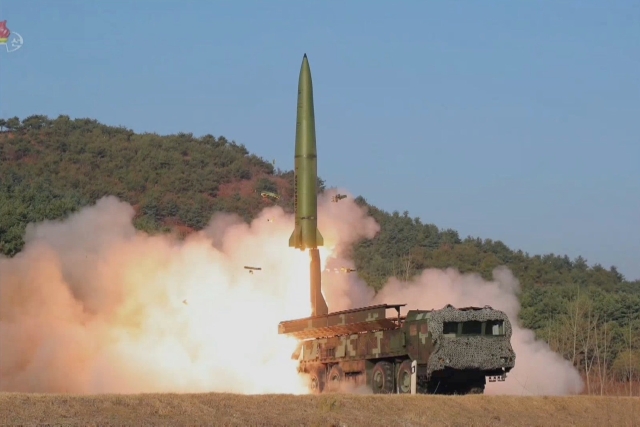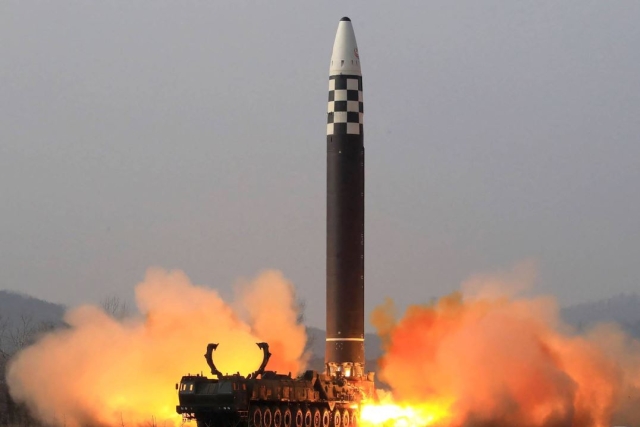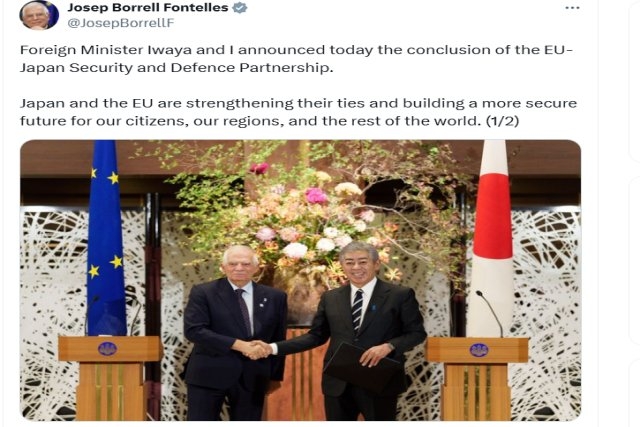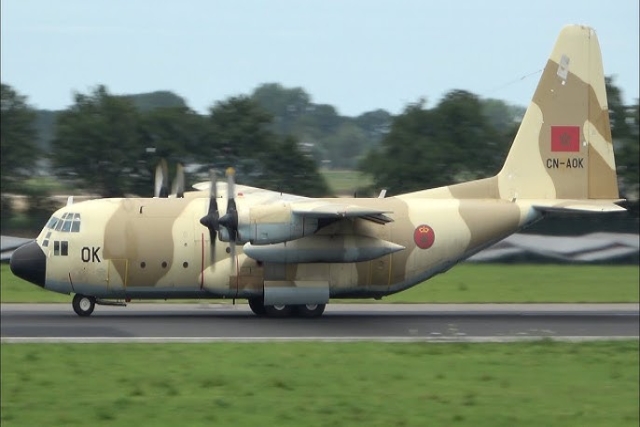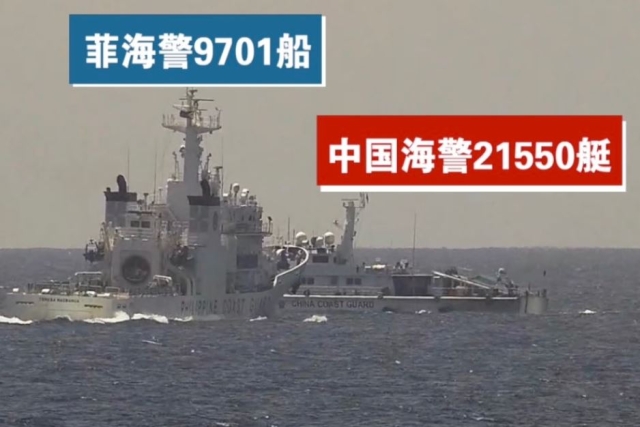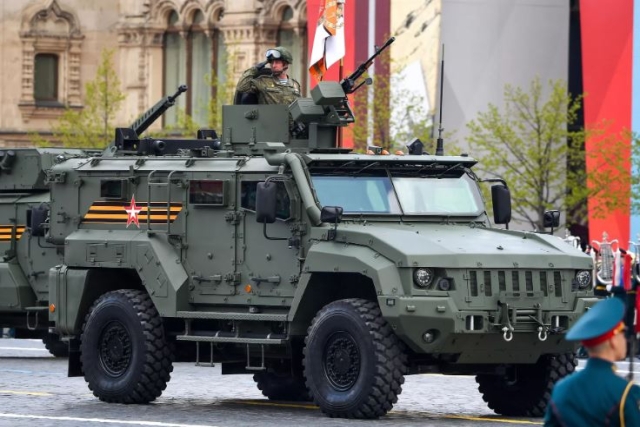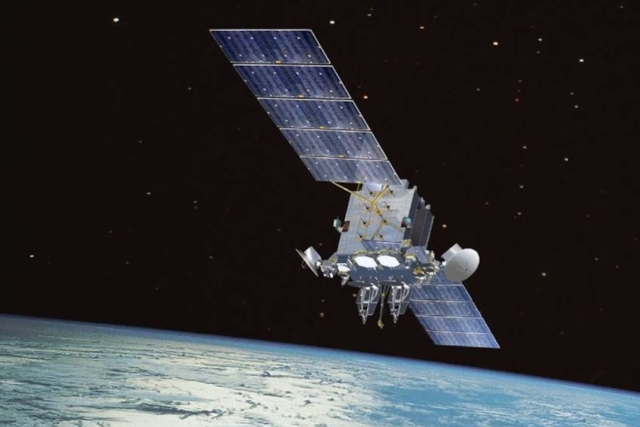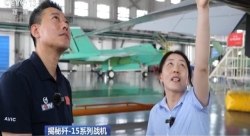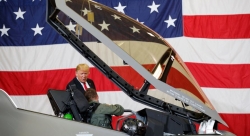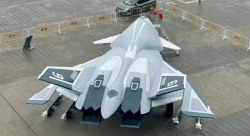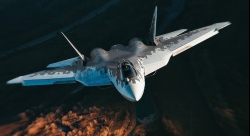North Korea Unveils New Air-to-Air Missile Resembling China's PL-12
Designed for MiG-29s, the missile mirrors the PL-12 with features akin to the AIM-120 AMRAAM.
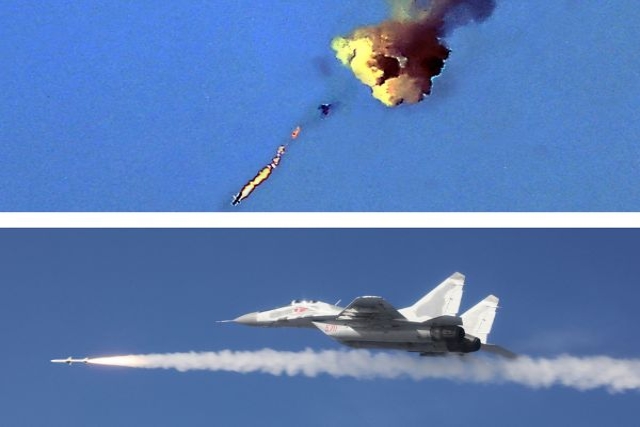
North Korea has unveiled a new air-to-air missile that closely resembles China’s PL-12, a medium-range missile widely used by the Chinese military.
On May 15, North Korean state media released images showing a MiG-29 fighter jet launching what appears to be a domestically developed, medium-range air-to-air missile.
The missile was tested in a live-fire drill observed by North Korean leader Kim Jong-un. During the exercise, the MiG-29 successfully intercepted aerial targets, including a missile resembling North Korea’s version of Russia’s “Uran” anti-ship missile and a manta ray-shaped drone. These targets appear to have been selected to simulate South Korean cruise missiles and stealth drones.
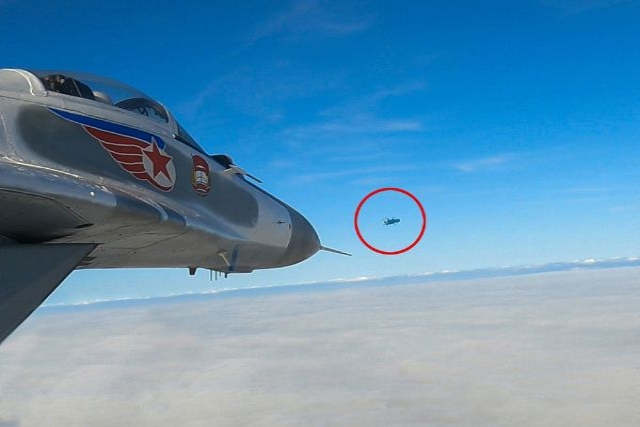
The missile’s design bears a strong resemblance to the Chinese PL-12, a beyond-visual-range weapon that uses mid-course data-link guidance and active radar homing during its terminal phase. These features allow the missile to accurately engage airborne targets over long distances.
Although North Korea has not officially named the new missile, its structural features suggest a deliberate effort to replicate the capabilities of the PL-12. Experts have also noted similarities to the U.S. AIM-120 AMRAAM, though the missile’s overall design more closely aligns with the PL-12.
The missile is believed to be intended for integration with North Korea’s fleet of MiG-29 fighter jets, a key component of the Korean People's Army Air Force (KPAAF). These Soviet-era aircraft have historically been limited by outdated avionics and short-range missile systems such as the R-23, R-24, and R-27. Equipping them with a modern radar-guided missile would significantly enhance their range, precision, and effectiveness in air combat.
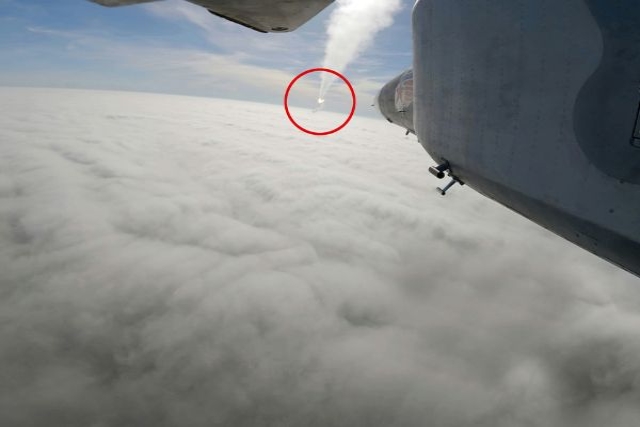
Experts believe the missile may have been developed using Russian technology, potentially transferred through increasing military cooperation between Pyongyang and Moscow.
China is also thought to have received Russian support during the development of its own PL-12, and North Korea may be following a similar path by leveraging reverse engineering and possible direct technology transfers.
Rep. Yoo Yong-won of South Korea’s ruling People Power Party commented, “Although North Korea demonstrated only short-range air-to-air capabilities in this exercise, it seems to have secured some level of system integration for medium-range variants, which are technically more complex. This suggests that Russia may have transferred key technologies under their growing military partnership.”
